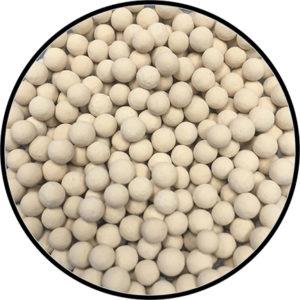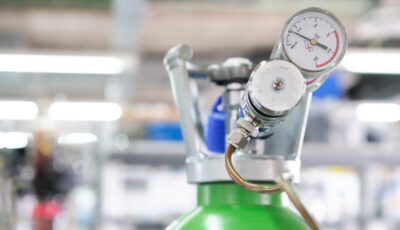Cracking Fossil Fuels: The Role of Molecular Sieves
Separating (cracking) useful olefins or alkynes from paraffins is the key to profitability in this industry; however, it is constrained by the immense costs. The single most produced organic chemical worldwide is ethylene, at more than 150,000,000 metric tonnes per year.
We have never had more fossil fuel feedstock for producing ethane-based petrochemicals than we have at present. This is due to significant advances in fracking technology in the plentiful U.S. shale deposits.
The projections, driven by this enhanced fracking, show that his year alone we are looking at 35% growth in this industry. This will allow Hengye to explore significant opportunities to join new projects or invest and coordinate with existing operations that are growing in profitability.
The Technology
The energy costs in olefin/paraffin separations are substantial because of the extreme temperatures required. Once they are achieved it is easy to separate Propane and Propylene, for example, because there is a useful 5.7 C° difference at STP (Standard Temperature and Pressure) in boiling points (-42.1° Celsius and -47.8° C, respectively). The same is true for Ethane and Ethylene (-103.8° C and -88.7° C, respectively) with a difference greater than 15° C.
With ethane as the feedstock, temperatures are boosted with steam to between 750 and 950°C causing “unsaturation” as the big hydrocarbon molecules become smaller ones. Repeated compression and distillation separate the ethylene.
Nevertheless, the product stream still remains contaminated with water, despite its +100° C boiling point. The reason for this is a chemical reaction that takes place when the ethylene reaches about 94% purity. No amount of boiling/distilling will remove much more water.
Molecular Sieves

Luckily, the water molecule has a molecular diameter of 2.8 angstroms, while ethylene has a molecular diameter of 3.6 angstroms. This handy difference allows us to use a molecular sieve constructed to allow molecules of <3.0 angstroms to be adsorbed while the larger ethylene molecule passes by (essentially) unaffected.
The Process
We refer specifically to adsorbed, as opposed to absorbed, because water is not bound inside the material of the molecular sieve, as it might be with a mechanical filter. It collects on the surfaces of the molecular sieve. The subsequent “release” of water happens as a separate stage of a two cycle process.
This is accomplished as the molecular sieve is cycled between different temperatures and pressures, thus the trapped water is easily vaporized and removed. The sieve is now ready for processing of another batch, essentially unaffected by the process.
Of course, no process is 100% efficient, so the purified ethylene experiences multiple passes until it reaches the ultimate purity goals. Finally it is ready to be moved on to the polymerization process where it can become any one of a number of useful products.
The Market
With ethane production at an all-time high in the United States, the U.S. has now begun exporting ethylene to all parts of Asia in an effort to balance the global supply. This will continue into the foreseeable future as the Asian economies develop, requiring more and more plastics or other polymers to drive their growth.
The Takeaway
Molecular sieves will continue to play an important role in ethane-based processing to create ethylene. Technology may be advancing, but currently there is no better way to dehydrate ethylene in a high-speed industrial process. In addition, demand for ethylene is not going to decrease in the foreseeable future.
We’re always developing better molecular sieves which can streamline the process by requiring fewer passes, thus enhancing throughput. New technologies more thoroughly remove water so that it is not reprocessed continually. Even a fractional improvement can save millions or billions of dollars over the course of the year in a very large operation.
Authored By:
Hengye Inc.
Houston, Texas
info@hengyeinc.com
832.288.4288


